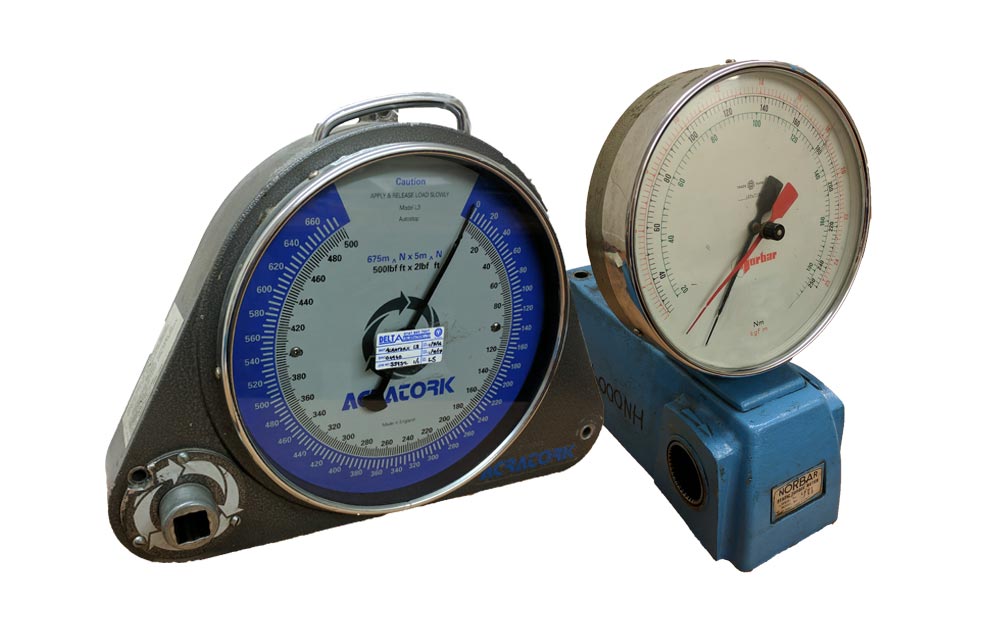Process meter calibration is a basic facet of ensuring the accuracy and reliability of instruments utilized in industrial processes.
Objective of Calibration:
The main objective of calibration is to confirm and modify the accuracy of course of meters to ensure that they provide precise and reliable measurements.
Types of Process Meters:

Process meters encompass a big selection of instruments, including stress gauges, temperature sensors, flow meters, level transmitters, pH meters, and more. Calibration procedures are particular to the type of meter and the parameter being measured.
Calibration Standards:
Calibration entails evaluating the readings of the process meter with a reference standard of known accuracy. These standards must be traceable to nationwide or worldwide measurement standards.
Traceability:
Traceability ensures that the calibration course of may be traced back to a recognized commonplace, providing confidence in the accuracy of the measurements.
Calibration Procedure:
The calibration course of sometimes entails adjusting the process meter to match the readings of the reference normal. Calibration procedures are particular to every type of instrument.
Calibration Equipment:
Specialized calibration gear is used, corresponding to stress calibrators, temperature baths, circulate calibrators, and electrical calibrators, depending on the type of process meter.
Calibration Interval:
Calibration intervals are decided primarily based on components such as business requirements, manufacturer suggestions, and the criticality of the measurements. calibrate process meter at outlined intervals ensures ongoing accuracy.
Documentation:
Detailed documentation is a vital part of the calibration course of. Calibration data embrace information such as the date of calibration, gear used, calibration standards, adjustments made, and the technician's signature.
Calibration Certificates:
Calibration labs provide certificates after the calibration course of, indicating the as-found and as-left conditions of the instrument. These certificates serve as proof of compliance with accuracy standards.
Adjustment and Repair:
If the method meter is discovered to be out of calibration, adjustments or repairs may be essential to deliver it back within the specified accuracy limits.
Calibration Tolerances:
Each instrument has defined tolerances that specify the suitable vary of deviation from the true worth. Calibrations make sure that the instruments fall inside these tolerances.
On-Site Calibration:
Some calibration activities may be performed on-site, decreasing the necessity to take away devices from the method. On-site calibration is especially helpful for critical processes where downtime should be minimized.
Calibration Management System:
Organizations might use a calibration administration system to schedule, monitor, and handle calibration activities systematically.
By following these basics, organizations can maintain the accuracy and reliability of their process meters, guaranteeing that they persistently meet quality standards and regulatory necessities. Regular calibration is important for the proper functioning of commercial processes and the manufacturing of reliable information..
